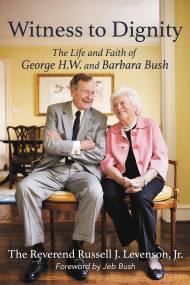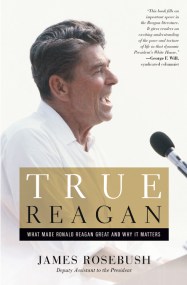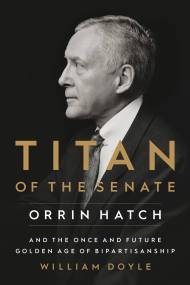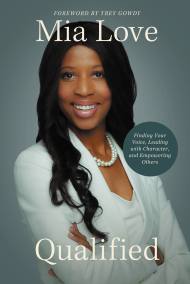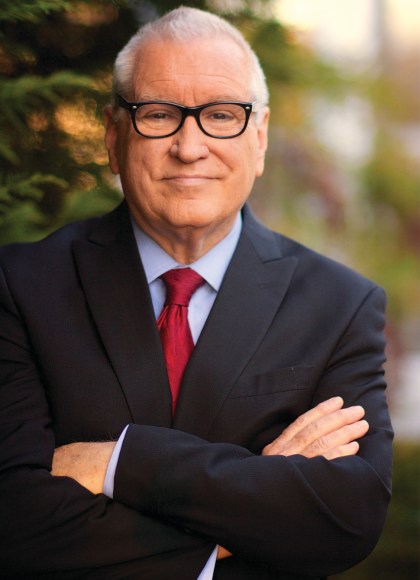Promotion
Use code MOM24 for 20% off site wide + free shipping over $45
Inside Trump's White House
The Real Story of His Presidency
Contributors
By Doug Wead
Formats and Prices
Price
$30.00Price
$38.00 CADFormat
Format:
- Hardcover $30.00 $38.00 CAD
- ebook $15.99 $20.99 CAD
- Audiobook Download (Unabridged)
This item is a preorder. Your payment method will be charged immediately, and the product is expected to ship on or around November 26, 2019. This date is subject to change due to shipping delays beyond our control.
Also available from:
After dozens of books and articles by anonymous sources, here is finally a history of the Trump White House with the President and his staff talking openly, on the record.
In Inside Trump’s White House, Doug Wead offers a sweeping, eloquent history of President Donald J. Trump’s first years in office, covering everything from election night to the news of today. The book will include never-before-reported stories and scoops, including how President Trump turned around the American economy, how he “never complains and never explains,” and how his actions sometimes lead to misunderstandings with the media and the public. It also includes exclusive interviews with the Trump family about the Mueller report, and narrates their reactions when the report was finally released.
Contains Interviews with the President in the Oval Office, chief of staff, Mick Mulvaney, Jared and Ivanka Kushner, Donald Trump, Jr., Eric and Lara Trump, and White House insiders.
Genre:
- On Sale
- Nov 26, 2019
- Page Count
- 448 pages
- Publisher
- Center Street
- ISBN-13
- 9781546085850
Newsletter Signup
By clicking ‘Sign Up,’ I acknowledge that I have read and agree to Hachette Book Group’s Privacy Policy and Terms of Use
